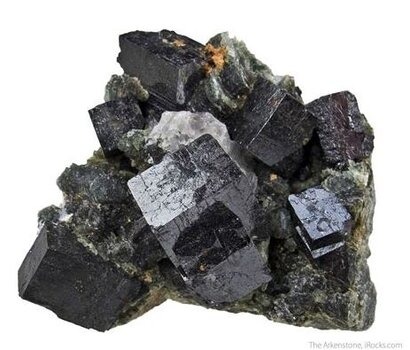
While they achieve high power conversion energy, they also suffer from lead leakage, which is a hazard for the environment, and perovskite degradation due to moisture. Multiple approaches have been suggested to resolve this issue, including encapsulating the device and compositional engineering of the perovskite light absorbers.
The researchers have published their study in Volume 92 (May 2024 edition) of the Journal of Energy Chemistry which became available online on 1st February 2024. The researchers tested many crown ethers (crown ethers are cyclic chemical compounds) in this study to improve the stability of perovskite solar cells.
“This study emphasizes the efficacy of interface passivation by achieving increased power conversion efficiency, and demonstrates that crown ether not only blocks lead leakage through the formation of host-guest complexes with lead ions but also imparts strong resistance to moisture to the treated films, showing improved long-term stability in high humidity environments compared to existing solutions” said lead researcher Assistant Professor Ji-Youn Seo. “This research highlights the potential of crown ether to simultaneously address lead leakage and long-term stability for sustainable perovskite solar cells ready to advance commercialization and renewable energy applications.”
The team found that B18C6 was the best ether for interfacial passivation. With B18C6, there was an increased charge carrier lifetime (or the time spent by an electron in the conduction band of a semiconductor and a hole in the valence band of a semiconductor) seen within the perovskite. The work function (or the minimum energy required to move an electron from a metal's surface) between the hole transfer material and the perovskite was also improved. Thus, the researchers obtained an exceptional power conversion efficiency of 21.7 percent with B18C6. Compared to untreated perovskites that showed signs of lead leakage, the perovskites with B18C6 showed no signs of lead leakage when a depth profile of all layers was conducted. Furthermore, while normal perovskites showed lead iodide formation when exposed to 95 percent humidity at room temperature for 300 hours, no such issue was observed for the perovskite passivated by B18C6.
Within the next five years, perovskite solar cell technology, as a type of next generation emerging solar technology, is positioned to potentially replace the globally prevalent silicon solar cells. This technology can enhance photoelectric conversion efficiency to over 30 percent when used alongside existing silicon solar cells, thereby increasing the possibility of replacing fossil fuel-based energy sources and contributing to the achievement of carbon neutrality. Additionally, perovskite solar cells exhibit superior photoelectric conversion efficiency even under indoor lighting, making them applicable to electronic devices and the Internet of Things (IoT), thus offering significant energy-saving opportunities.
“In ten years, this technology could be applied to the energy, display, and semiconductor materials industries through the heterojunction structure” added Dr Seo. “If leveraged effectively, it could lead to the development of high-efficiency hydrogen production devices, high-brightness, flexible displays, and the development of three-dimensional organic and inorganic semiconductor materials and devices, contributing to leading the advancement of high-tech nations.”
For additional information:

